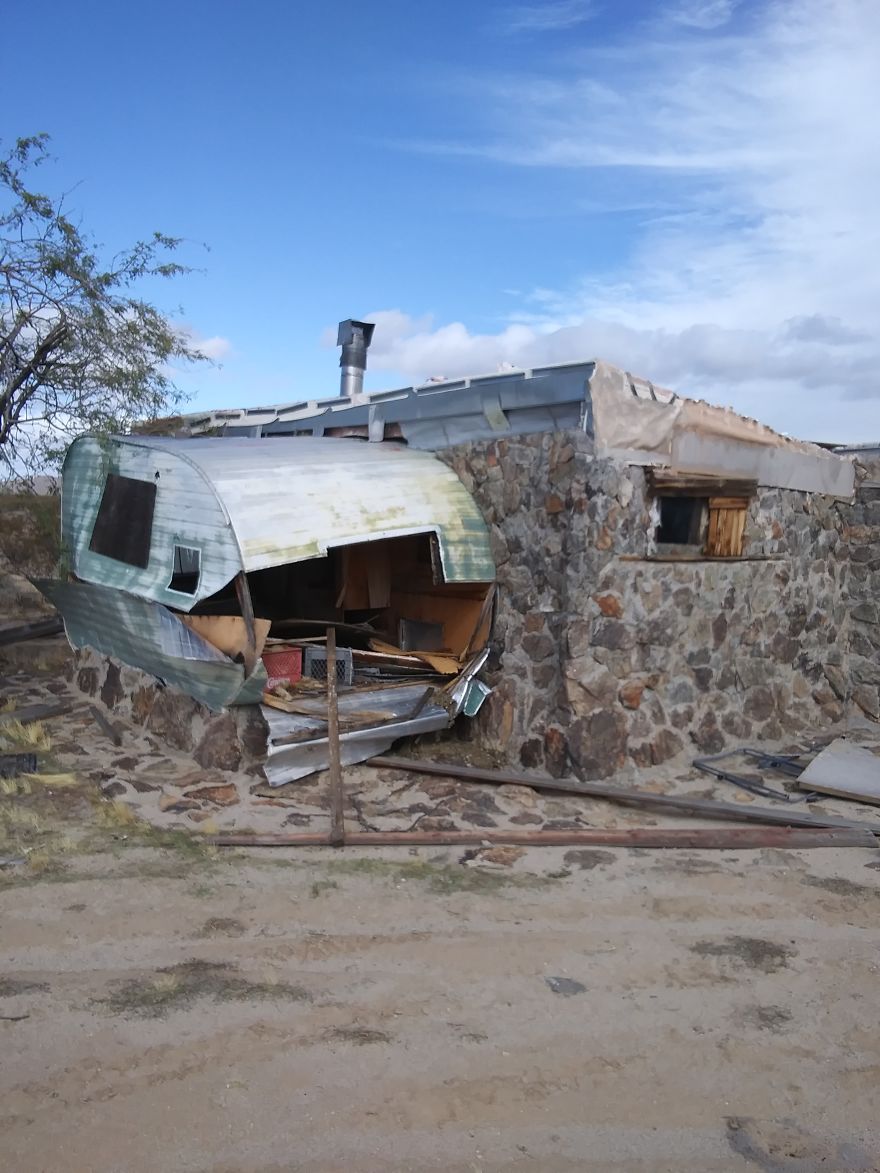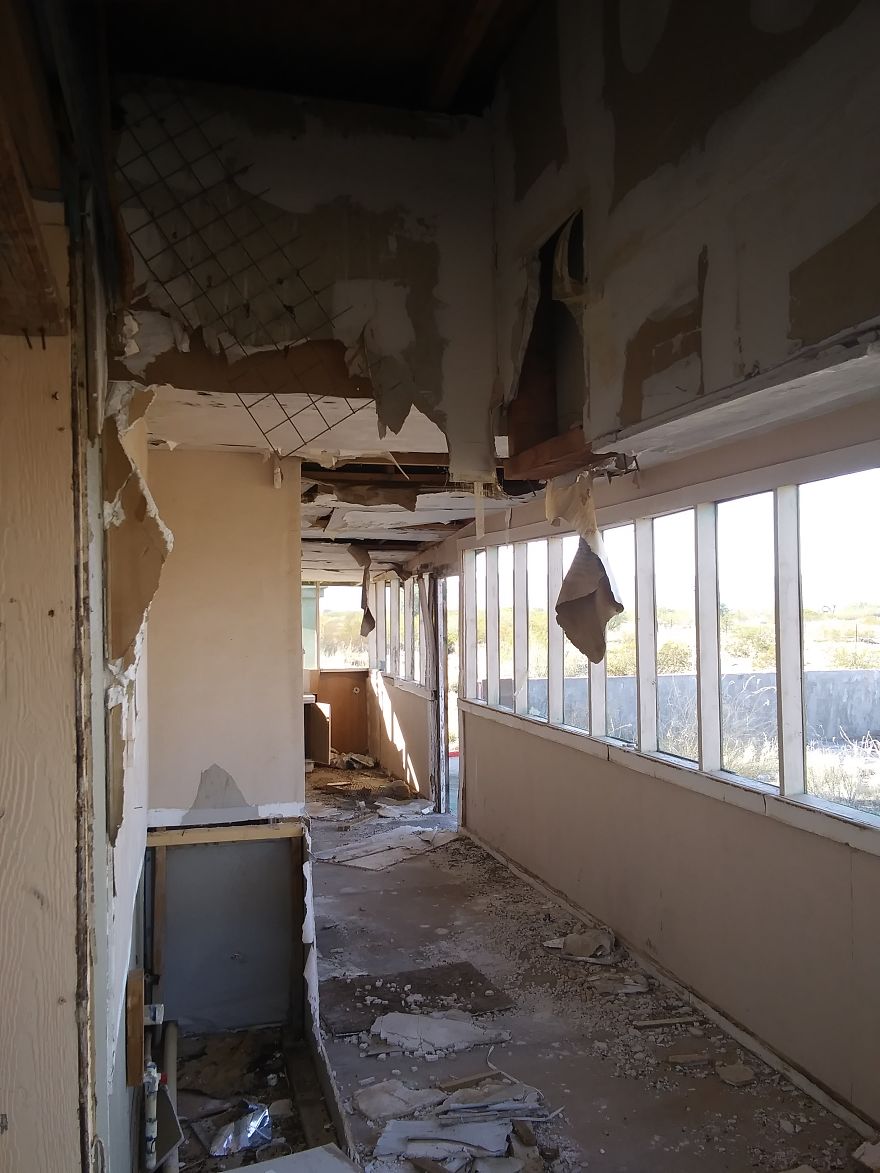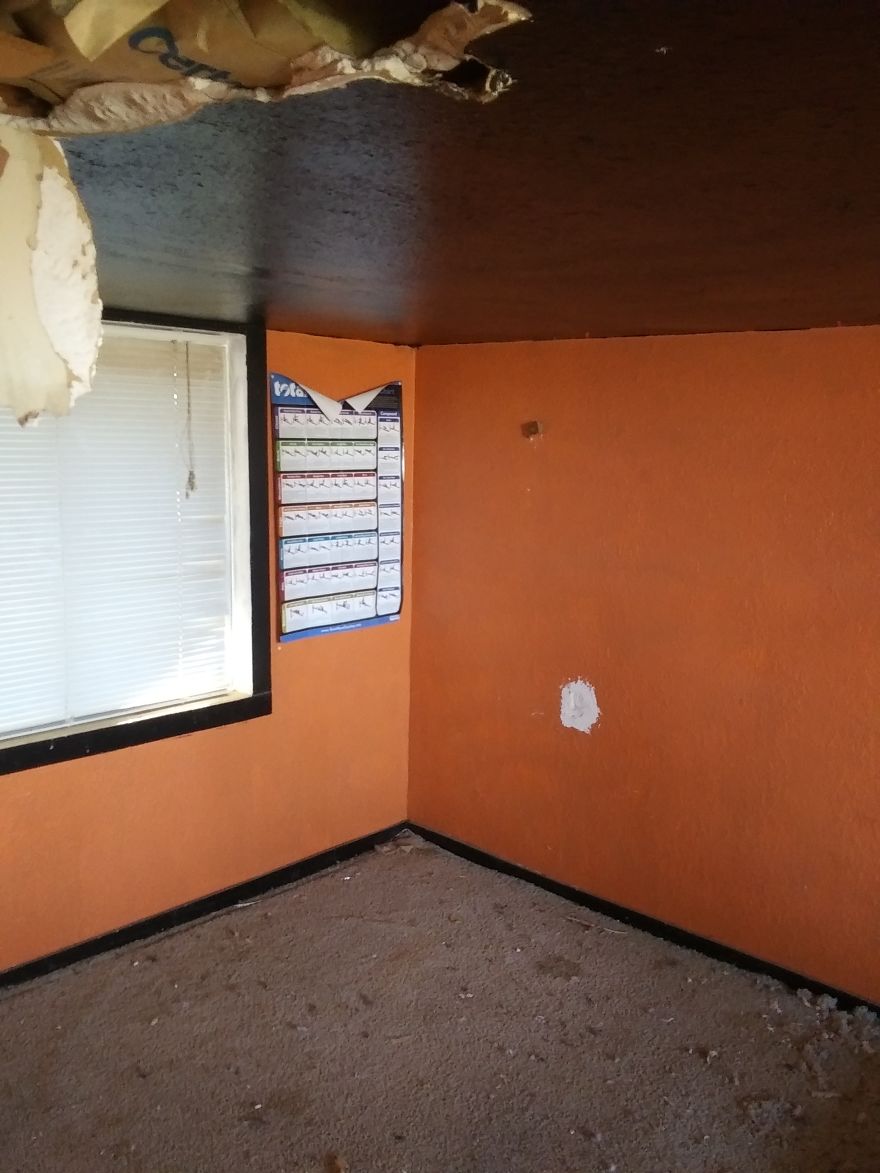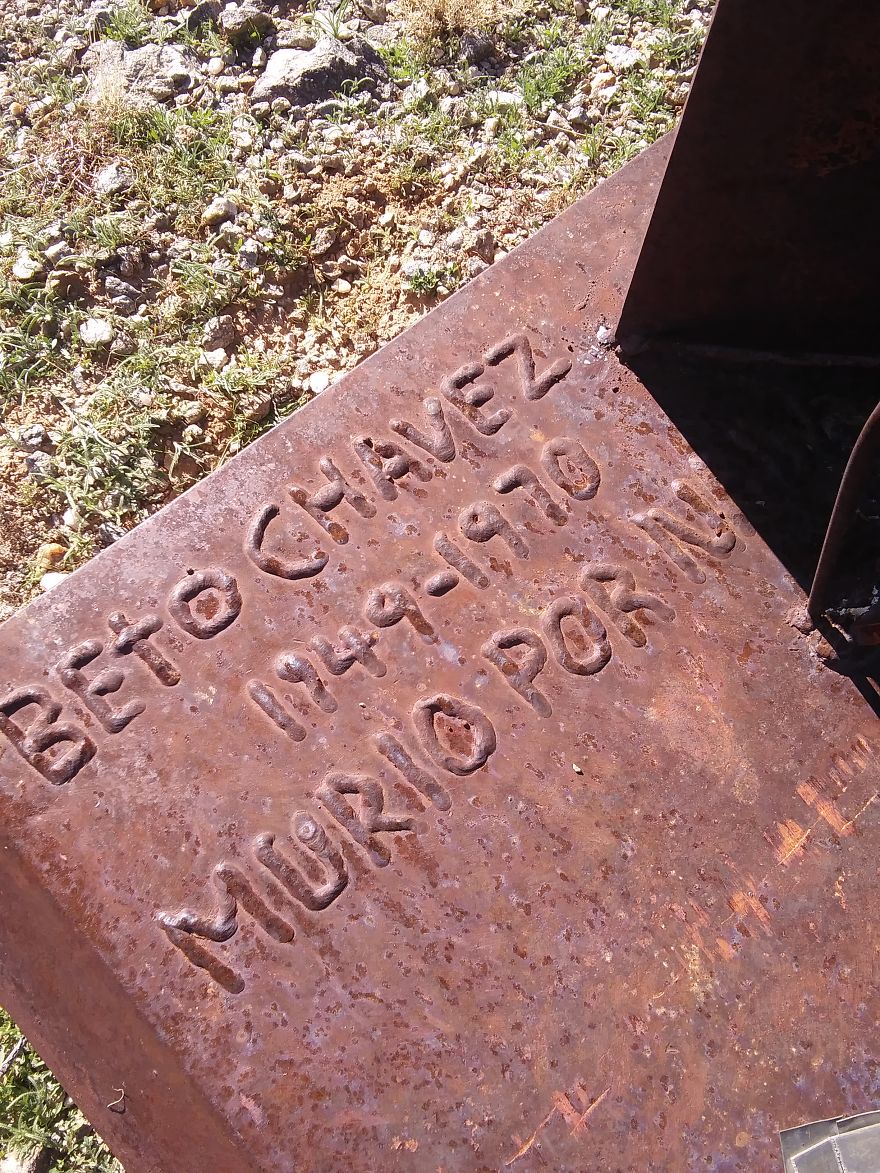Last winter, my family and I took a goat-herding job in the middle of nowhere. Yes, goat-herding is still a profession in the US, believe it or not. It was one of the most trying experiences of our lives. And when I say “middle of nowhere”, I mean it: despite a few scattered semi-occupied homes, it was miles and miles of nothing.
But that didn’t stop people from trying to settle it. We got a front-row seat to the harshness of remote desert living, evidenced by the abandoned spaces some hardy individuals had once called home. Some of the buildings were so remote, I often questioned how accessing them was even possible. The roads leading to the structures were hardly fit to be called roads, and deep channels cut by seasonal flooding, called “washes”, separated the houses from the nearest decent road.
We were there in the winter when the temperatures rose into the 60s most days and fell below freezing most nights. The summer temperatures would have been simply unbearable.
While many of the houses looked like nothing more than hermit hovels, we were struck by a few of the buildings that had clearly been constructed as family homes. It was eerie to walk through and around them, and try to imagine what they were like before the harsh elements and vandalism had left them in total disarray and ruin. This was also in the heart of cartel territory and we were often concerned some of the houses would be occupied by unsavory “tenants” (fortunately this was never the case).
Off-grid living has become a major trend all over the world recently, but it’s apparent the merciless desert of the American southwest is far from the best place for it.
An ominous sign warning you are heading nowhere

View from the high place we called “Black Rock Lookout”

House number one

A porch with a view.

Which came first, the trailer or the house?

The diagonal cedar slats were a nice touch. As was the subtle message written on the mirror.

Complete with a woodstove for those cold desert nights.
House number two

Gorgeous plywood and free air conditioning were the perks of this house.

Sofa sleeper comes complete with rat’s nest and broken glass.
House number three

This one was the least remote.

Retro, low-pile carpet is the greatest.
House number four

We called this one “The Adobe Complex” because it was an off-grid dream, complete with its own water tower.

A lot of potential here, unlike the shanties shown previously.

There was even a large stack of ready-made newspaper logs for quick fire starting.
House number five

Clearly they built this one asbestos they could.
House number six

This one was the saddest. It was a nice family home with great potential.

It featured ceramic tile at the entrance and fun, bright colors throughout.

There was a once-beautiful sunroom where the family could watch sunrises and sunsets. It could have been a nice plant room.

The sunroom wrapped around the house.

This was an exercise room, evidenced by the poster on the wall.

The children’s bedroom.

Found on the concrete foundation on one side of the house.
A memorial

This was arguably the strangest thing we found. On a small mountaintop, this heavy memorial sculpture was lying down on its side so we picked it back up.

It read, “Murio por nada”, which translates to, “Died for nothing”.
 Follow Us
Follow Us





